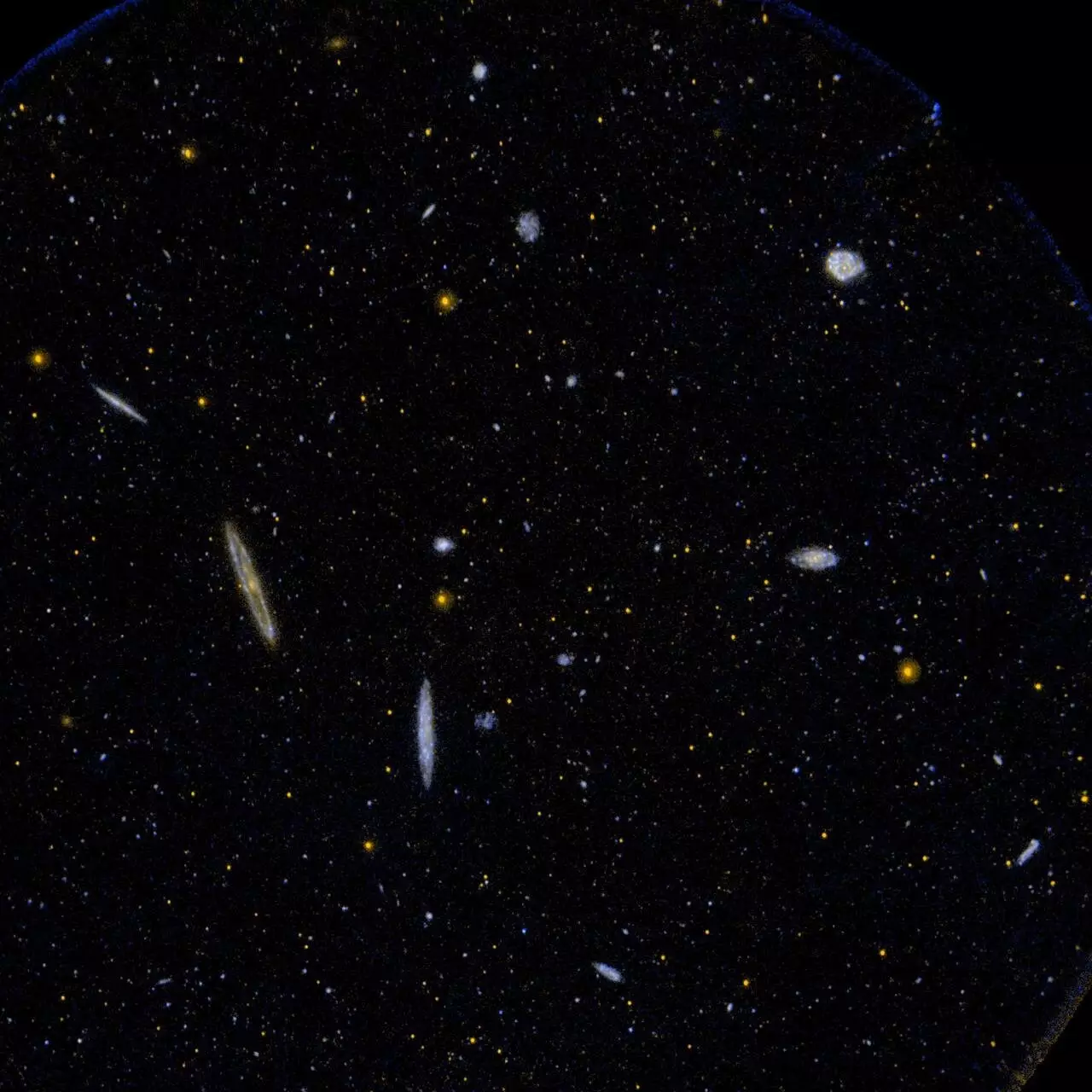Recent scientific research is stirring the foundation of our understanding of the universe. A collaborative study involving Southern Methodist University (SMU) and three other research institutions uncovers significant revelations about cosmic particles known as neutrinos and their impact on the cosmos. The findings suggest that we may need to reconsider established physical theories, compelling the question of whether our existing frameworks, such as the Standard Model of particle physics, require fundamental revisions.
Cosmologists have long operated under the assumption that heavy neutrinos limit the grouping of matter throughout cosmic history. However, new data from the Dark Energy Spectroscopic Instrument (DESI) challenges this idea. Co-author Joel Meyers, an assistant physics professor at SMU, noted that DESI’s observations reveal unexpected patterns indicating that matter is clustering in a more compact fashion than anticipated. Such surprising results plant seeds of doubt regarding the completeness of current cosmic theories.
The Dark Energy Spectroscopic Instrument is pioneering in the sense that it is generating the largest and most accurate three-dimensional map of the observable universe. This groundbreaking project enables researchers to calculate the absolute mass scale of neutrinos by utilizing data from baryonic acoustic oscillations—ripples in the density of visible matter—and the cosmic microwave background radiation, which echoes the Big Bang’s momentous event.
What makes DESI’s data particularly compelling is its precision. By integrating old cosmic data with this novel methodology, it offers insights that could enhance our comprehension of large-scale structures like galaxy clusters. Neutrinos are renowned for being one of the most prevalent subatomic entities; yet their mass and behavior remain largely enigmatic. Gleaning insights into these particles is imperative for unraveling the evolution of the universe.
The implications of the new findings challenge the orthodox interpretations upheld by the Standard Model of particle physics, an established framework that students and researchers alike rely on to understand the interactions among fundamental particles. The theory has endured scrutiny for decades, yet this recent discovery raises another pivotal inquiry: is the Standard Model fully equipped to explain the complexities observed in our universe?
Meyers highlights a critical point regarding the implications of enhanced matter clustering. If neutrinos are influencing their environment differently than previously believed, we may need to either adapt our current models or incorporate new theories to account for this enhancement. This revelation has parallels to the ongoing debate regarding the “Hubble tension”—discrepancies in measurements of the universe’s expansion rate fueling speculation about possible unknown physics.
The research team, which includes experts such as Nathaniel Craig, Daniel Green, and Surjeet Rajendran, is actively scrutinizing potential scenarios that could explain the data. They are contemplating whether inaccuracies in existing methodologies could account for these discrepancies or if entirely new physics is necessary. Such exploration is crucial, as the stakes are high; our understanding of how the universe functions hinges on answering these questions.
The groundwork laid by this study serves as a springboard for future inquiries into cosmic phenomena. While definitive answers may take years to emerge, the importance of revisiting established frameworks cannot be understated. The dynamic nature of scientific inquiry means that each revelation assists in pushing the boundaries of our comprehension, compelling us to reconsider what we believe to be true.
The findings stemming from DESI mark a significant turning point in cosmological research. As we strive to better understand the cosmos and its fundamental particles, we are reminded that the quest for knowledge is a continuous journey. Every revelation, from enhanced matter clustering to potential shortcomings in existing models, speaks to the evolving nature of science. If these insights lead to modifications in our understanding of physics, they could have profound implications for future physics education and research.
Collectively, these developments underline the importance of adaptability in scientific thought, highlighting an exhilarating era of discovery that promises to reshape the very foundations of how we perceive our universe.



Leave a Reply